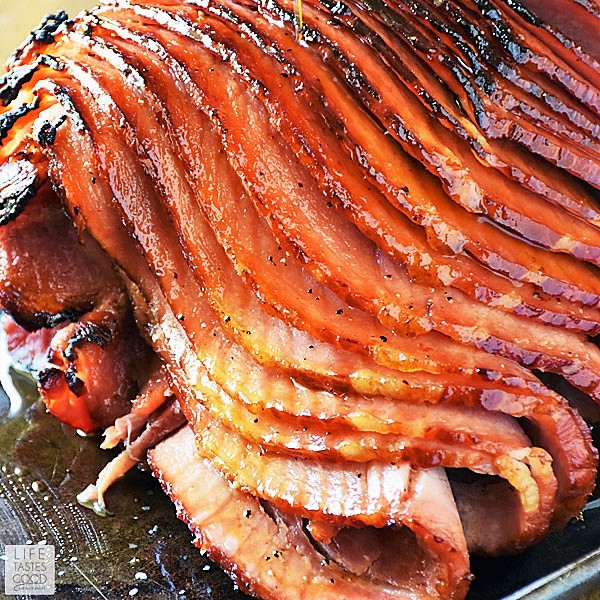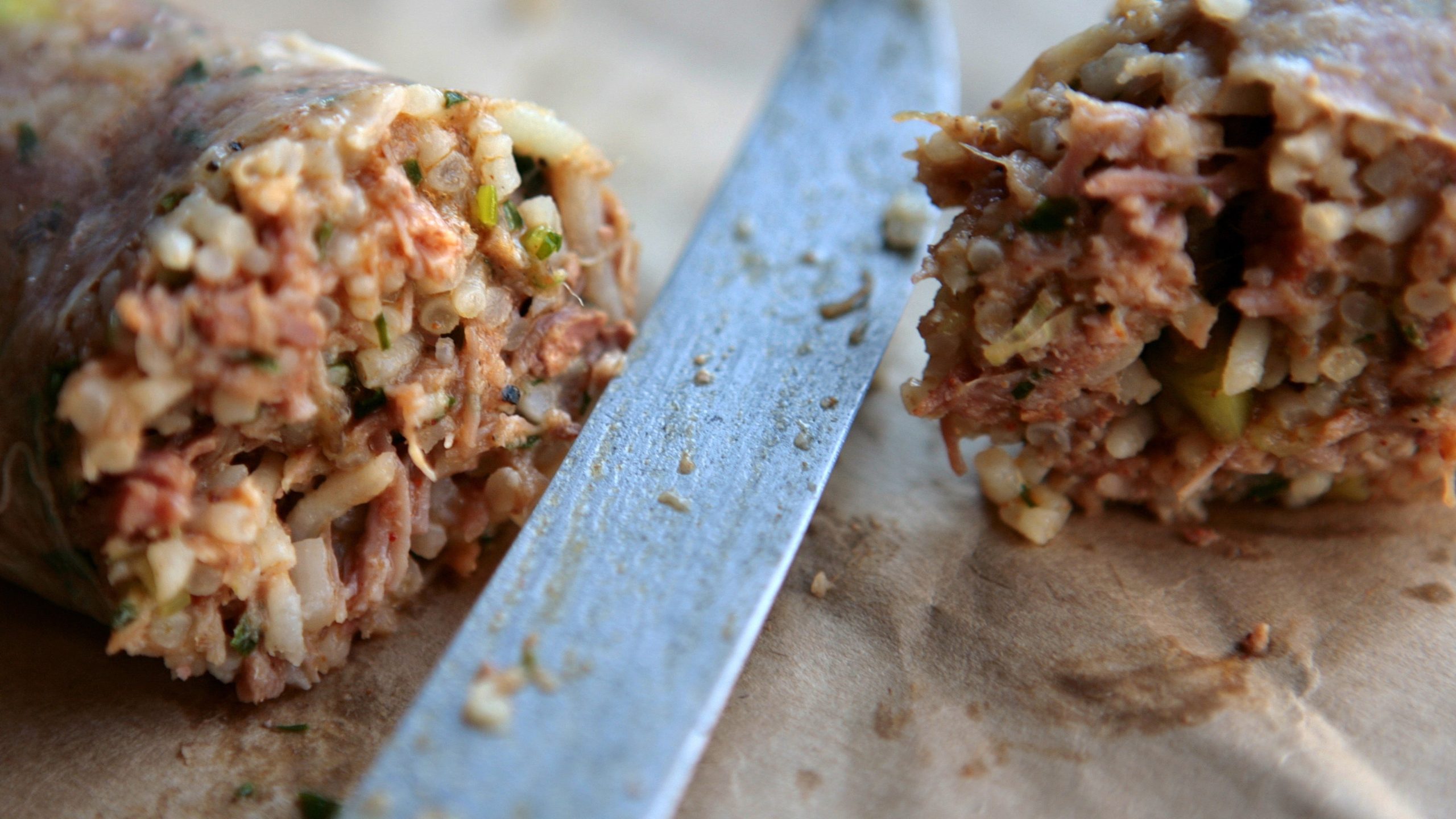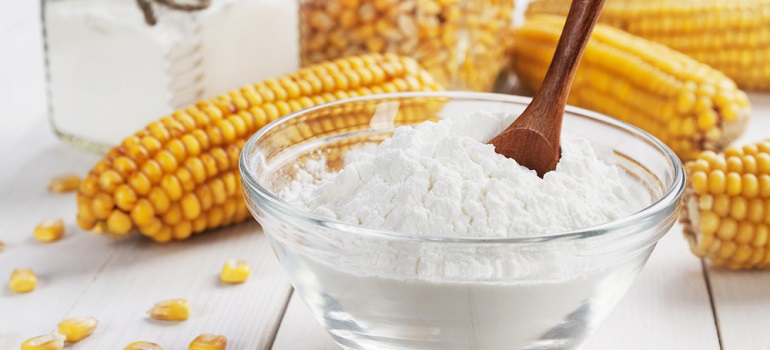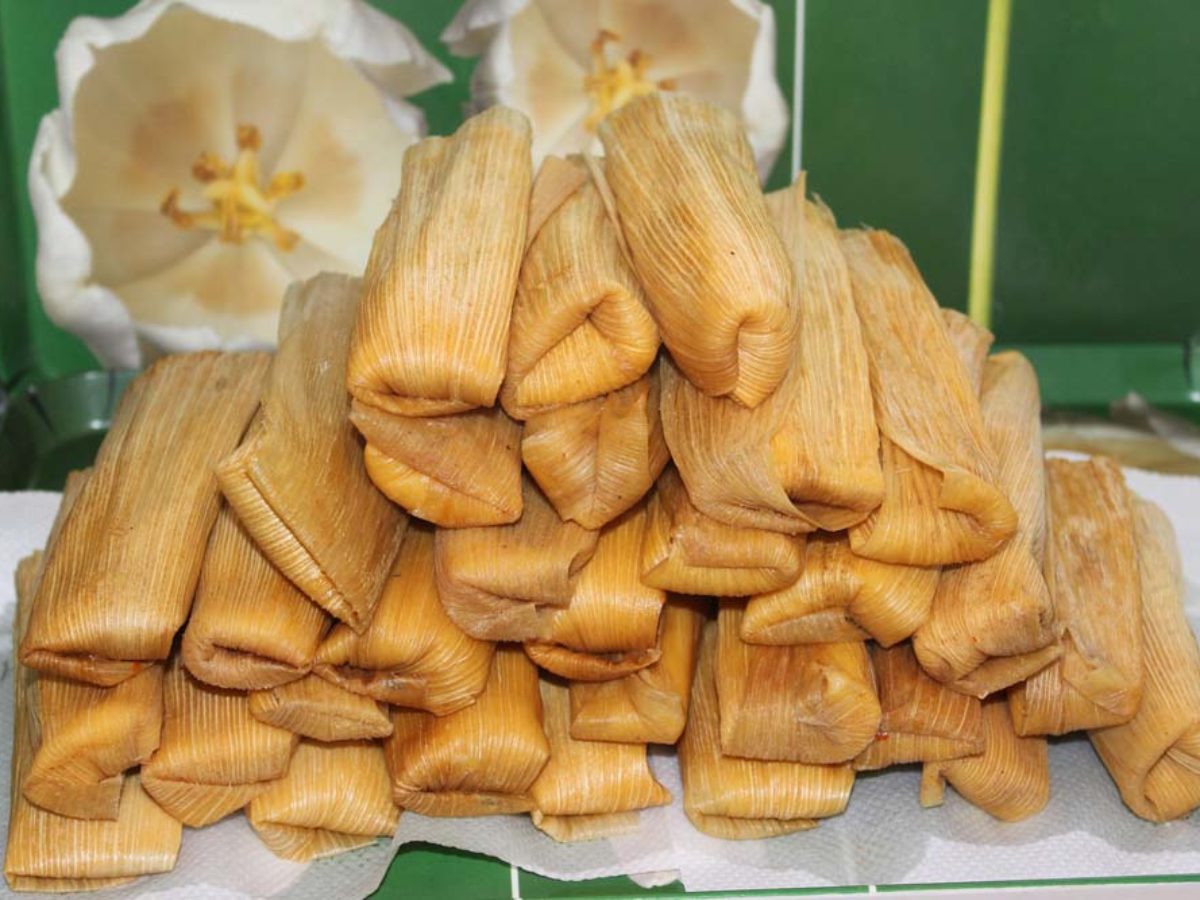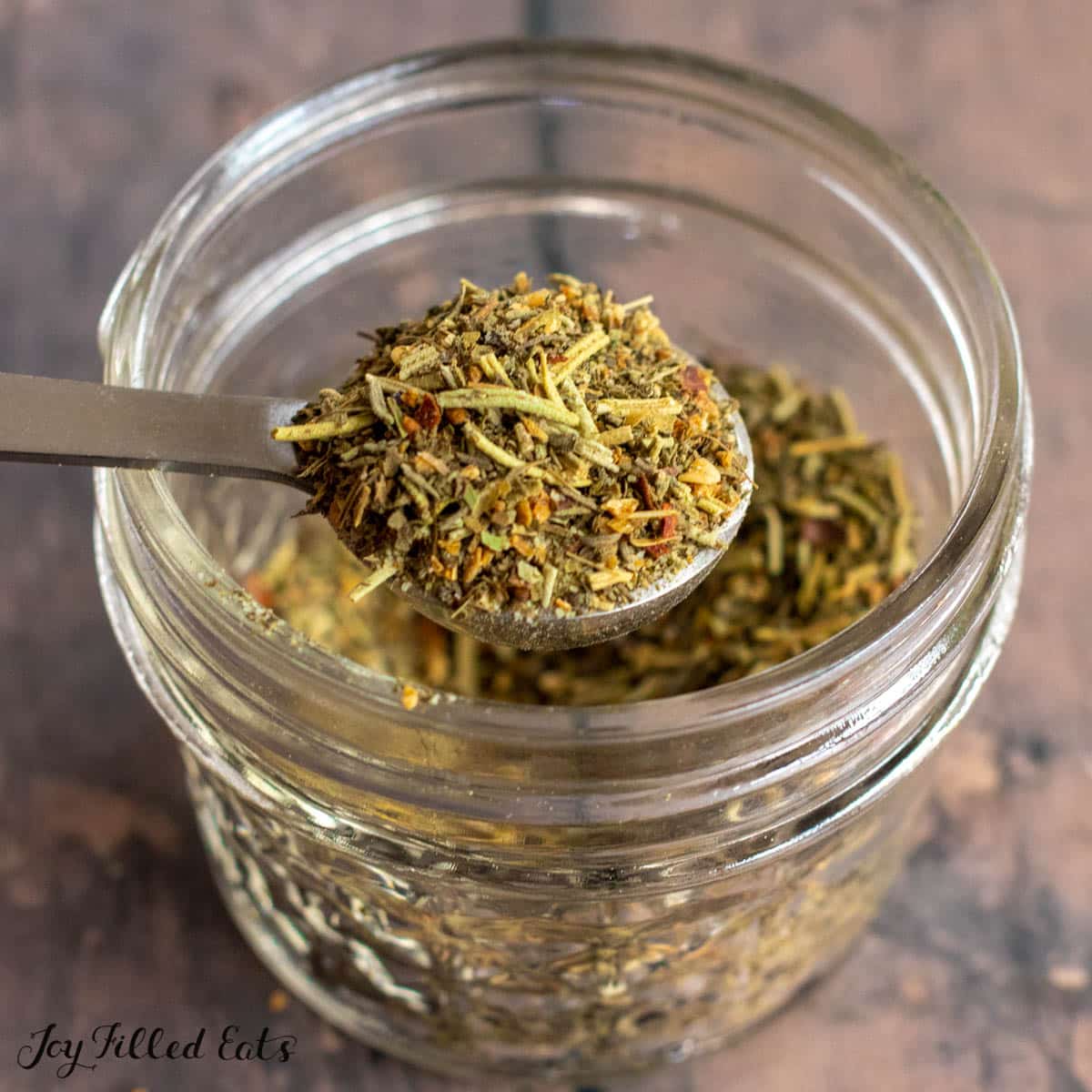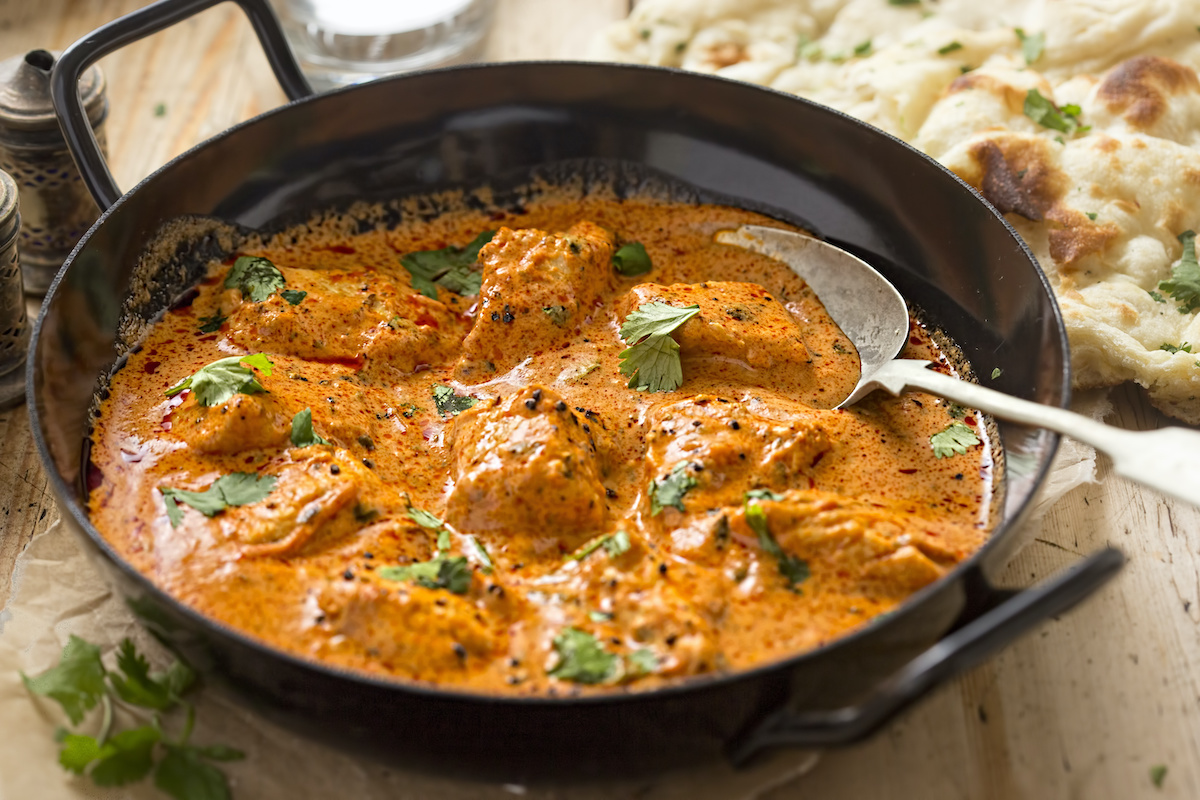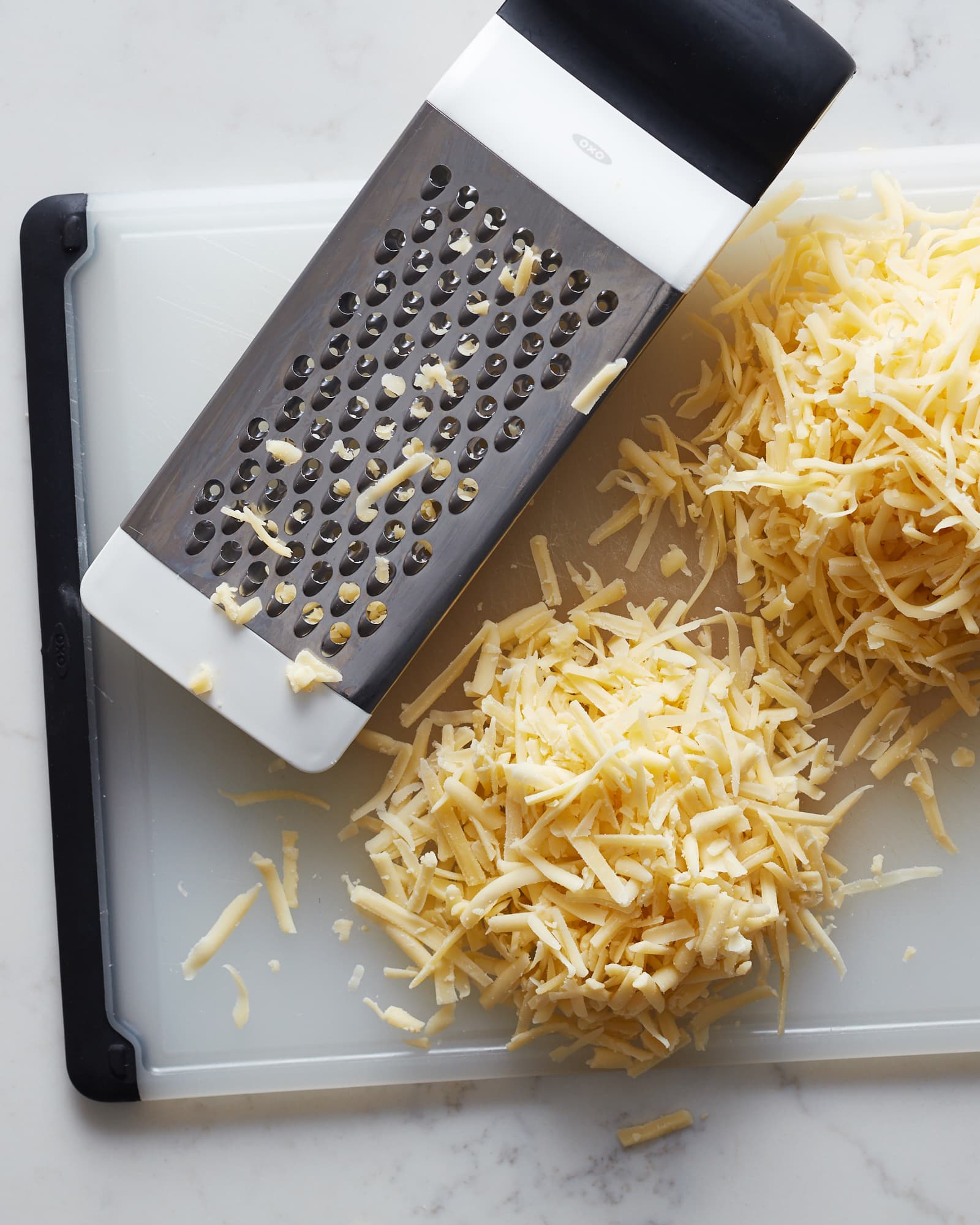How to Heat Up Honey Baked Ham: Quick and Delicious Methods for Perfection
– Honey-baked ham is a popular main course for holidays and special events.
– Leftover honey-baked ham can be reheated using various methods.
– Reheating methods include warming in the oven, skillet, and microwave.
– These methods help retain the moist flavor of the ham.
– HoneyBaked hams are fully cooked and should be reheated gently in a 325-to-350 degree oven until the internal temperature reaches 135 degrees.
– Reheating can also be done in the microwave.
– Other fully cooked hams should be reheated in a roasting pan with water or a cola/soft drink in the bottom, covered tightly with foil, and heated in a 325-degree oven until it reaches an internal temperature of 135 to 140 degrees.
– Spiral-sliced hams should be placed cut side down in a baking dish.
– For fully cooked hams that are not spiral sliced, remove the skin, score the fat layer, and heat in a 325-to-350 degree oven until heated through and internal temperature reaches 135 degrees.
– Basting with pan juices or glaze is optional.
